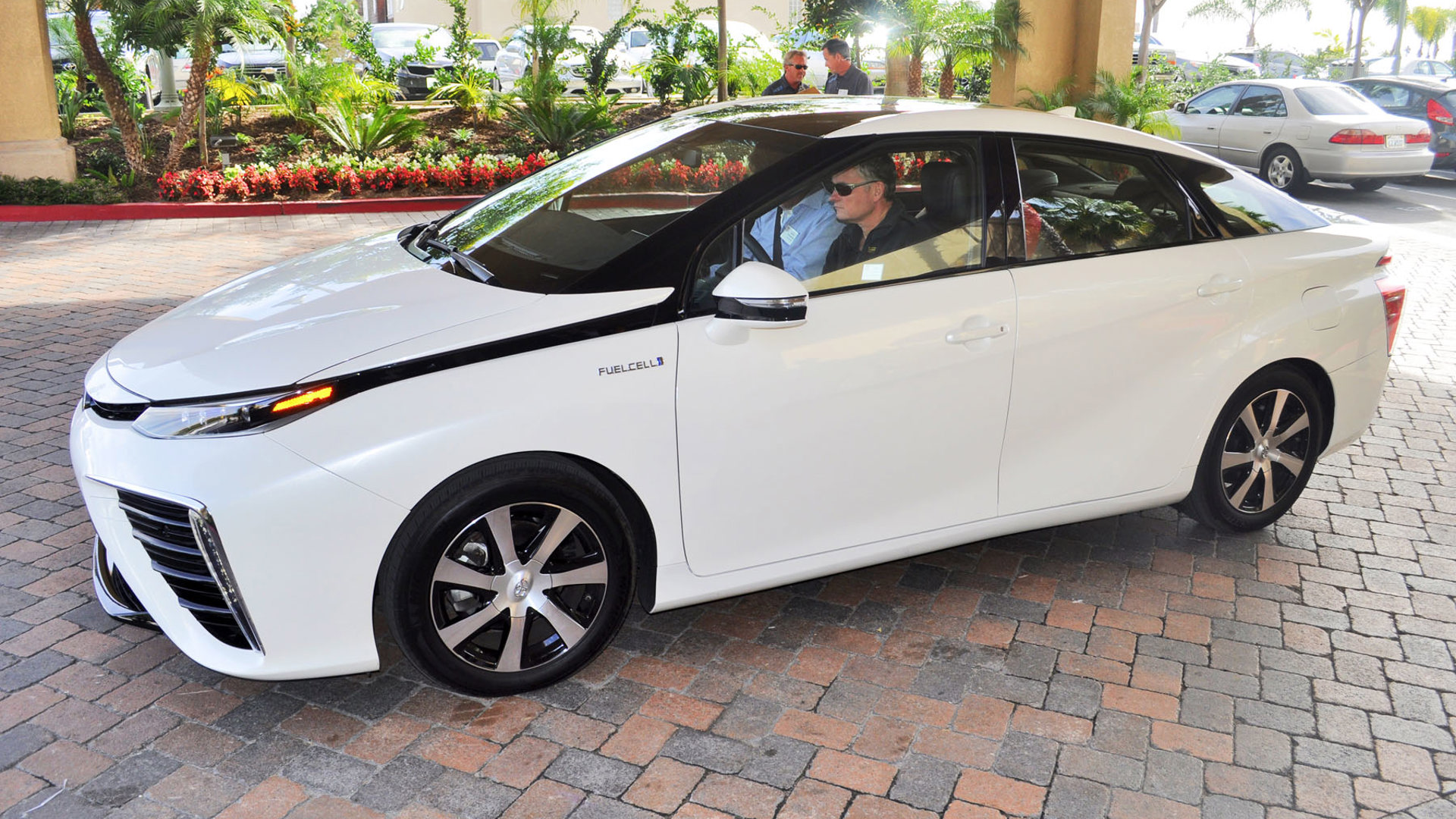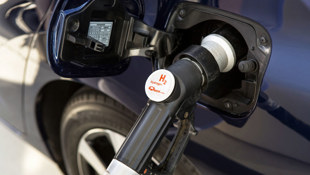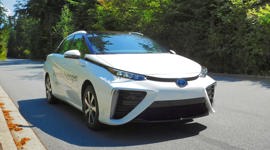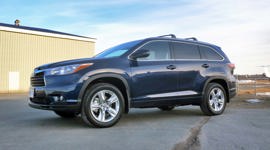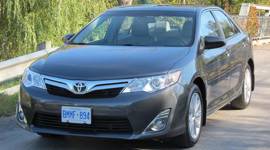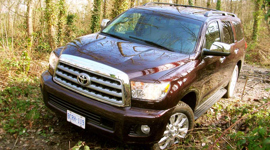Toyota has deservedly earned itself great credit for popularizing gas-electric hybrids, introducing the Prius in 1997 in Japan and three years later in North America, at a time of relatively low fuel prices that didn’t help the sales prospects of that technologically brilliant but somewhat dorky-looking small sedan. Fifteen years later, nearly every full-line company offers a hybrid, Toyota dominates hybrid sales, and the Prius has become a mainstream family of hybrids that has helped propel the car to become the bestselling vehicle nameplate in enviro-conscious and trend-setting California.
But in the past five years, that green halo has been fading fast. Other vehicles started adopting hybrid-like stop/start systems and CVTs more widely, while downsized engines, higher-speed transmissions, diesel engines and other fuel-saving technologies meant that ‘normal’ cars became more fuel-efficient too, eating into the running cost and environmental advantages of hybrid vehicles. Perhaps most galling to environmentally aware folks, Toyota’s luxury Lexus brand has run a series of ads highlighting (some would say exaggerating) the inconveniences of driving a zero emissions battery electric car.
“You’re driving a car, not a cause.”
It’s tough to credibly claim green car leadership when you extol the virtues of less polluting and greenhouse gas-emitting vehicles while actively denigrating cleaner cars that emit nothing.
And thus enters the Toyota Mirai, a fuel cell–powered mid-size sedan that offers not only a zero emissions ace card into Toyota’s future lineup, but once again re-establishes technological leadership within the industry in advanced green drivetrain technology. The vehicle itself won’t arrive until closer to the end of 2015 in California and in small numbers, after it goes on sale by the end of 2014 in Japan, where fuel cell vehicles and technology is heavily supported by the Japanese government. The Mirai, a name that means ‘the future’ in Japanese, will then go on sale a year later in at least five northeastern states, said Toyota at its global launch just prior to its official unveiling at the LA auto show.
The Mirai is also a vehicle that neatly mimics the current fueling process that everyone is used to, its compressed gaseous hydrogen pumped into the car just like regular fuel, and usually at a gas station, a process that takes between three to five minutes. A full tank allows for a range of about 300 miles (about 480 km), again like a mainstream vehicle, elegantly addressing the current limitations of battery electric vehicles, especially mainstream BEVs that usually offer less than 150 km of real-world range, though the pricier all-electric Tesla Model S can get into the 400 km range as well.
As someone at the launch event quipped about the Mirai, “You’re driving a car, not a cause.”
For Canada, this launch of the Mirai is a “discussion starter,” said Stephen Beatty, Toyota Canada’s corporate vice president, confirming that they’d like to bring the Mirai north of the border, but it won’t be next year, or likely the year after. The issue, as always with fuel cell vehicles, is the lack of places to fuel them up, with zero hydrogen fueling stations now available to the public in Canada.
“For us that (discussion) process begins now,” said Beatty, referring to consultations with hydrogen providers, fuel retailers and the government support, all of which in the U.S. have put forth funds to install the relatively expensive high-pressure hydrogen tanks. How much each party is willing to put into the pot in Canada will determine how or whether there’s a reasonably extensive network of stations.
“Putting in one or two stations doesn’t constitute an active network.”
In the Mirai, the fuel cell stack essentially becomes the “engine,” producing the electricity to turn the front wheels, and thus it’s essentially a different kind of electric vehicle (an FCEV), with no need for a heavy and expensive battery to lug around. On the other hand, the fuel cell stack components are even more expensive, and even with the not-insignificant MSRP of US$57,500, Toyota admits it’s still losing money in the short-term on each one.
But the company expects 90 percent of the Mirai’s owners to lease it, at the much more reasonable-sounding price of US$499/month for three years, a price that also includes free hydrogen fuel, at least until the fuel companies and the government can finalize standards to measure compressed hydrogen.
In regards to the car itself, most agreed it was futuristically distinctive, with opinions split about evenly on whether its huge front air intakes made this car ugly or not. Inside, it was similarly distinctive, futuristic but not in an alienating way, with a shifter familiar to Prius drivers, standard leather seats, and touchscreen controls for basically everything else. Surprisingly for a mid-size Toyota sedan, there are only four seats, and not for technical reasons to do with the two hydrogen tanks or related components: company executives simply felt a four-seat vehicle reflected its more upscale nature and price.
Have they learned nothing from the first-generation Chevrolet Volt?
From behind the wheel, the Mirai drives about halfway from a pure battery electric vehicle to a hybrid, with virtually silent takeoff and coasting reminiscent of a hybrid, but then with an audible hum once more power is requested or higher speeds attained. It’s quiet, if not the super smooth electric silence of a BEV, and easily drowned out by the radio. It feels quick, at about nine seconds from rest to 100 km/h, but again like EVs, quick off the line, and then with a smoother bit of progressive speed from there.
In the end, the success of the Toyota Mirai will come down not to sales at the dealership, but successful pitches to government supporters and fuel retailers. The car is ready for prime time – it’s just waiting for the infrastructure to catch up.
Pricing: 2016 Toyota Mirai
U.S. Base price: US$57,500; US$499/month lease (36 months)
Options: N/A
Freight: N/A
A/C tax: $100
Price as tested: US$57,500
